El resultado, a la vista está, sigue provocando en el mundo multitud de enfermedades y contaminación. El mundo vive en medio de aguas cada vez más infectadas, a pesar de que depuradoras, productos químicos y una avanzada tecnología de nuevas bacterias comecaca son desarrolladas con las mismas energías que se ponen en la lucha contra el cáncer o el crecimiento del pelo.
La aportación del higienismo a la arquitectura supuso una notable mejora en las condiciones de salud a comienzos del siglo XX. Los inodoros, los urinarios y las bañeras de loza hicieron una innegable contribución al progreso de la civilización un siglo antes. Sin embargo, aun de modo más temprano, se había producido el mayor de los avances respecto a las relaciones de la mierda y la habitabilidad con la invención del "retrete". Ciertamente, el retrete sin la tecnología del desagüe, el brillo impoluto de la cerámica y el estudio de la ergonomía, resulta en apariencia un descubrimiento menor. Pero en absoluto lo es. El retrete era, por definición, el cuarto en el que se hacía posible la interposición de una primordial e imprescindible distancia civilizatoria entre el caganchón y las personas que habitaban una casa. El retrete era, de facto, el lugar de retiro. De retirada. La propia palabra retrete hablaba del acto de defecar sin aludir más que a un educado circunloquio. Del latín "retractum", y del verbo "retrahere", solo se refería en origen a un espacio separado, localizado a cierta distancia, antes que a un WC.
Hoy que la palabra retrete se ha vuelto una reliquia, no debemos olvidar que en sus tripas lleva incrustada la definición de civilización misma. La distancia que sugiere tal vez sea poco digna, pero resulta definitoria de lo que somos. Hasta la expresión "vete a la mierda" suena menos mal si pensamos que supone una invitación a viajar a ese lugar privado y alejado donde el ser humano realiza algo que solo puede hacer por si mismo.
The result, as is plain to see, continues to cause a multitude of diseases and pollution around the world. The world lives amidst increasingly contaminated waters, despite water treatment plants, chemical products, and advanced technology like new feces-eating bacteria, which are developed with the same energy poured into fighting cancer or promoting hair growth.
The contribution of hygienism to architecture led to a notable improvement in health conditions at the start of the 20th century. Toilets, urinals, and ceramic bathtubs made an undeniable contribution to the progress of civilization a century earlier. However, even earlier than that, the greatest advance in the relationship between shit and habitability came with the invention of the "toilet." Certainly, without plumbing technology, the spotless shine of ceramics, and the study of ergonomics, the toilet may seem like a minor discovery. But it is anything but. The toilet was, by definition, the room where a primordial and essential civilized distance could be placed between the turd and the people living in the house. The toilet was, in fact, the place of retreat. Of withdrawal. The very word "retrete" (toilet) spoke of the act of defecation through nothing more than a polite euphemism. From the Latin *retractum* and the verb *retrahere*, it originally referred to a separate space, located at some distance, long before it referred to a WC.
Today, as the word "retrete" has become a relic, we mustn't forget that it carries within its guts the very definition of civilization. The distance it invites us to create may be undignified, but it is definitive of who we are. Even the expression "go take a shit" sounds less harsh if you imagine it as an invitation to that private, distant place where humans do something only humans can do by themself.










_-_left_hand_screen,%20imagen%20wikipedia.jpg)












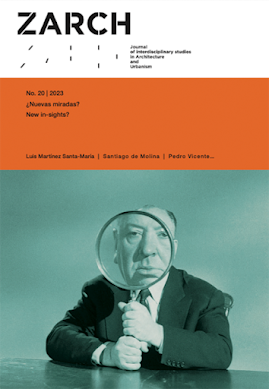
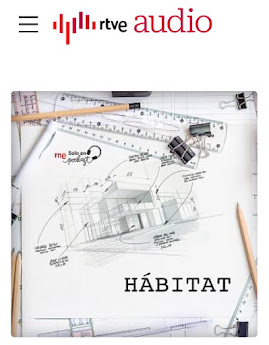
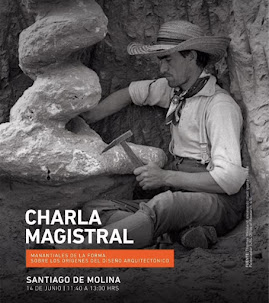
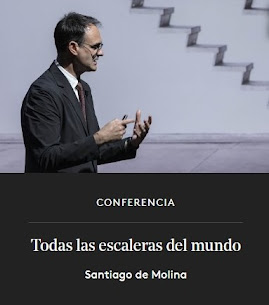




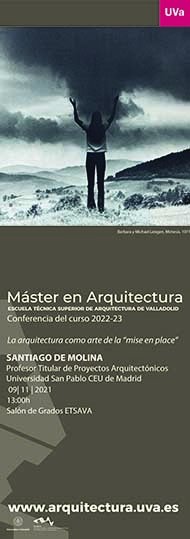
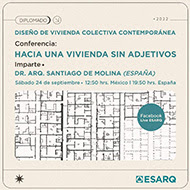













































































No hay comentarios:
Publicar un comentario